
TEC Expo 2016 was held on July 6th and 7th. Thank you to all presenters, facilitators, and attendees for a successful and inspiring event. See you next year!
Event Information
Date: This event was held on July 6th and 7th, 2016. Please join us next year!
Location: Scarfe foyer
Time: 1:00 – 2:30pm
Registration: not required. The event is free and open.
Participation: If you are interested in presenting or facilitating, please submit a proposal to ETS.
Check out TEC Expo Day 1 in 360 degree video!
Check out TEC Expo Maker Day in 360 degree video!
TEC Expo Archives
- View our TEC Expo 2016 Photo Gallery
- View our TEC Expo 2015 Video
- View our TEC Expo 2015 Photo Gallery
- View our TEC Expo 2014 Photo Gallery
Event Description
On July 6th and 7th this year, ETS hosted its third TEC Expo event in the Scarfe building foyer at 2125 Main Mall. The Technology Enhanced Classroom (TEC) Expo is an annual event designed to showcase and celebrate creative and innovative uses of technology in face-to-face, blended, and online classrooms within the Faculty of Education.
July 6th featured:
- Instructors and students presenting educational technology they are passionate about
- Presenters describing their topics in a fast-paced feature event 60 Seconds of Fame.
July 7th was Educational Maker Day:
- The facilitators and audience had the opportunity to experiment with technology-based tools and engage in non-technology creative making. They played around with Squishy Circuits, Google Cardboard, Raspberry Pi and science of food at the hands-on stations!
TEC Expo uses technology to enhance the traditional poster session format, with presenters able to dynamically showcase their courses or learning spaces on electronic displays. While browsing between the tables, visitors are able to view demos and engage in conversation with presenters.
Our goals are to encourage presenters and visitors to learn about new and emerging ways of teaching and learning, share their experiences, engage in meaningful conversations about pedagogy with colleagues, and to be inspired by various projects and course designs.
The 2015 TEC Expo was a success with over 20 faculty members and students participating in celebrating technology-based educational tools at UBC and abroad!
This event is free and open to all UBC students, staff and faculty.
Maker Day Video Contest
Show off your Video Making Skills!
July 7th is TEC Expo’s first-ever Educational Maker Day, so get ready to start making and show off your experience at the event. Simply record and Tweet your video of TEC Expo Maker Day with #TECExpo2016 and you will be entered into the draw for a $50 UBC Food Services gift card and Google Cardboard virtual reality glasses! Not sure which app to use? Be sure to stop by our video making booth and check out how to use VivaVideo— a free app that allows you to edit your video directly from your phone.
Need Help?
For more information, please contact the ETS office at ets.educ@ubc.ca or by phone at 604 822 6333.
Presenter Information
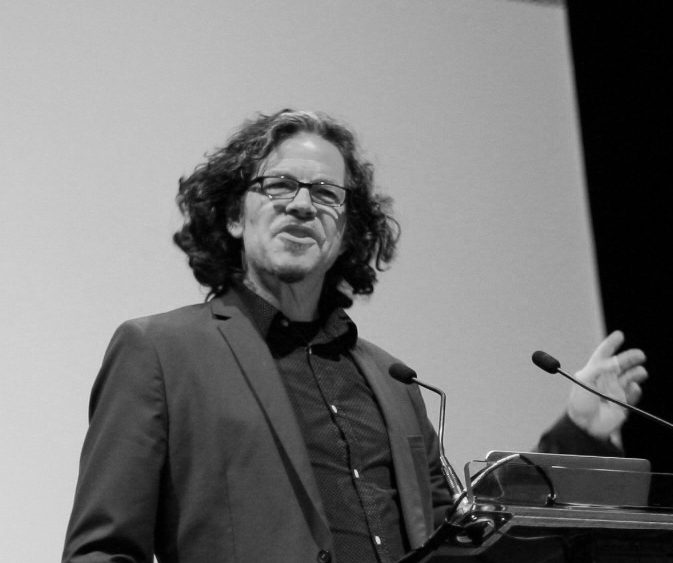
Automated Transmediation & Creative Pedagogy
Dr. Kedrick James, LLED with Liam Doherty and Ernesto Pena
This presentation explores the possibility of using automated transmediation as a literacy practice that opens the way for more creative pedagogical approaches to knowledge creation. Transmediation encompasses a range of analogue and digital practices in which data in one medium is converted into a different medium, e.g. by the use of software. Emphasizing the use of open source applications, presenters will demonstrate some simple examples of the pedagogical uses of transmediation as a means of creative inquiry enhancing digital learning and literacy. These will include exemplars of some of the main transmediation “routes” that are in the process of being mapped out through this work, such as turning images into sound, turning text into music, turning speech into text and turning video into still images. At each juncture, the presenters will discuss contexts in which these activities can be applied in content-based classroom activities.
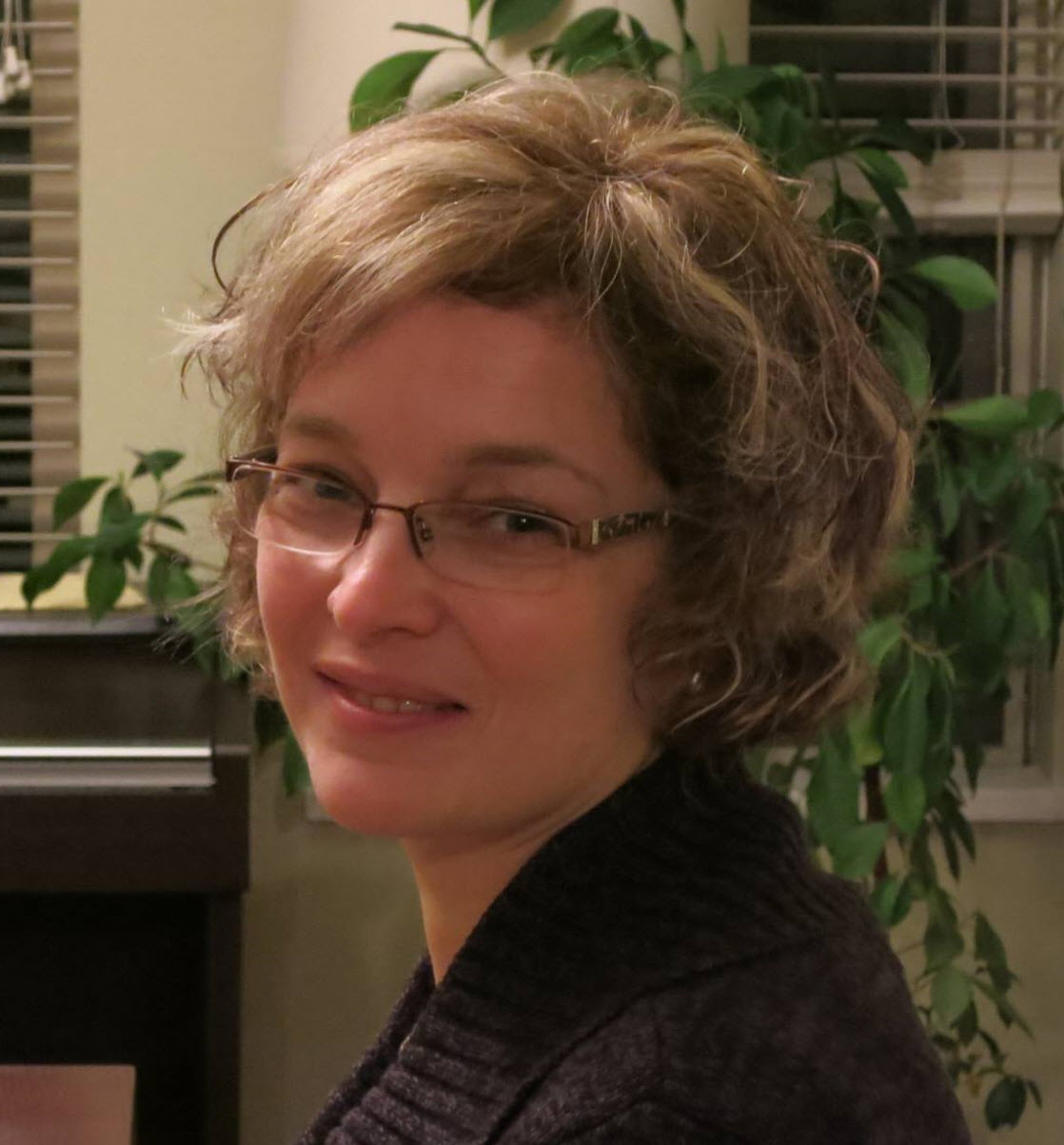
Collaborative Learning Annotation System in Teacher Education
Dr. Marina Milner-Bolotin, EDCP
Marina will share how she used Collaborative Learning Annotation System (CLAS – https://ets.educ.ubc.ca/clas/) to help physics teacher candidates to improve their teaching. As she teaches Physics Methods Courses, her goal is to support teacher candidates in implementing innovative pedagogies discussed in class into their teaching. In order to do that, they are asked to teach at least four mini lessons during the term. They record these mini lessons and upload them into CLAS. Then each one of the teacher candidates is asked not only to watch their presentations, but also to provide constructive feedback to their peers. After receiving peer and instructor feedback, teacher candidates reflect on it and prepare a modified and improved version of their mini lesson. At the end of the course, Marina and the teacher candidates have a collection of mini lessons with peer feedback. This is a great resource for teacher candidates to draw upon not only during the Physics Methods course, but also during the practicum. It also prepares them for acting upon the feedback they will receive from their School and Faculty Advisors during the practicum and later in their career. To learn more, see: https://clas.sites.olt.ubc.ca/marina-milner-bolotin-in-curriculum-and-pedagogy-uses-clas-for-mini-teaching-by-teaching-candidates/

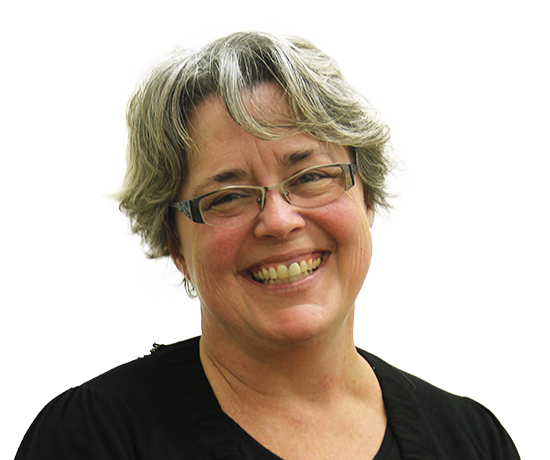
Information Literacy Development through Hands-on, Minds-on Activities
Jo-Anne Naslund, Education Librarian
In this session, together with Yvonne Dawydiak, Jo-Anne will highlight educational technologies that they used in library sessions for teacher candidates this year within LLED 350, LLED 351 and EDST 401. Educational technologies such as QR codes, padlet, Kidspiration, Inspiration, iclickers and Maker Faire activities will be shared. They will discuss how they modeled pedagogical approaches for teacher candidates and enriched connections with these educational technologies. Finally, they will share their experience of how hands-on, minds-on activities in a pop-up makerspace can develop the dispositions that set the stage for effective information literacy development.

Learning to “Loosen Up” in Collaborate
Dr. Michael Marker, EDST
In this presentation, Michael describes his experience using the Collaborate program and the discussion board to conduct a seminar discussion of readings in two Indigenous content courses. This was his first effort to create a blended version of the courses and he scheduled two online meeting sessions for each group. The students in both groups found ways to develop “voice” and a sense of humour while learning to respond to each other’s ideas and the ideas of the authors from the assigned articles for the session. Some of the questions that he still has are about ways to respond to a wide range of attitudes regarding the use of a video representation of themselves versus simply using the audio. Some students regarded the use of the video as “appearing on camera.” Some felt uneasy with this prospect while others seemed unconcerned about it as a mode of representation. Some students turned off the camera portion and simply used the audio. The responses that Michael received informally about these first efforts to bring some of the discussion online were positive in the following weeks face to face meeting following the Collaborate session.
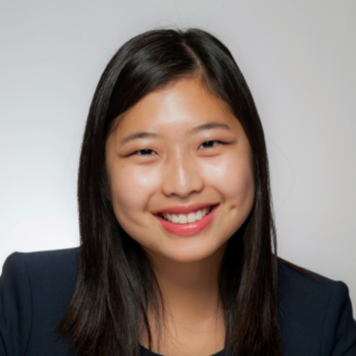

Learning Technology Rover Support in the Faculty of Education
Christine Kim, Learning Technology Rover, Sauder School of Business
Learning Technology Rovers are student staff hired by each faculty and educated on the technologies used in each faculty. Rovers are available to lend immediate support when you come across a technical issue, want to learn how to use learning technology more effectively, need assistance setting up an online course, and so much more.
Troubleshooting does not have to be a stressful or long process. It can be as easy as contacting your faculty’s respective LTR for immediate assistance.
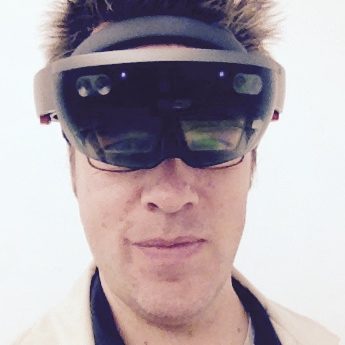
Mixing Virtual into Classroom Reality
Kyle Stooshnov
A demonstration of the steps towards virtual reality in the classroom. A cardboard headset combined with a smartphone is a relatively simple method to immersion into cyberspace, allowing for an experience where a viewer’s gaze, gesture and ultimately interaction with other people becomes a literacy teaching tool. From learning to make a cardboard viewer to exploring free downloads such as the National Film Board’s Cardboard Crash and sharing views headset-free with a tablet and Ricoh 360º panorama camera, this presentation will give teacher candidates a taste of the latest in educational virtual reality.
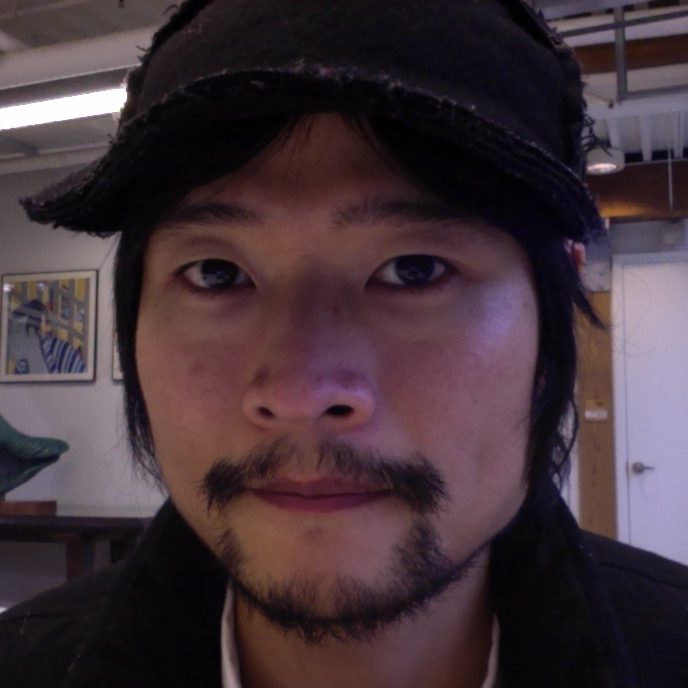
Pedagogical benefits of a Lightboard Lecture Capture tool
Masayuki Iwase, Graduate Teaching Assistant
Masayuki’s presentation discusses pedagogical benefits of a ‘lightboard’ lecture-capture tool, which enables the user to integrate both analog and digital modes of instructions into his/her lecture videos available online to the student viewer. The discussions draw on Dr. Robert Tierney’s incorporation of the technology into his graduate course for which Masayuki was a teaching assistant. The lightboard technology cordially responded to Dr. Tierney’s preference of writing and drawing as part of his accustomed presentation methods, while simultaneously realizing his wish to integrate graphics and related materials as part of his digitally enhanced class lectures, which were accessed and viewed by his students who had to participate in them online. The lightboard technology is most effective and valuable when it is utilized by UBC faculty and staff who wants to pursue both typographical (analogue-based) and post-typographical (digitally-enabled) forms of text production and meaning making.

Supporting Professional Communities with Google Collaboration Tools
Stephen Price
At the beginning of the 2015-2016 school year, the KippMo (Kindergarten and Primary / Montessori) cohort took on the task of creating a cohort ‘hive mind’ to support technology-based collaboration and information sharing throughout their education degree. Using free collaboration tools like Google Drive, Docs and Sheets created the ability for the cohort to share and collaborate much more efficiently. Using this case study, this session will explore how the cohort built a community of professional collaboration and will also include an introduction to how to use Google tools effectively for learning, projects, and information management. It is recommended for people who have not used the Google suite before or those with some experience who are hoping to learn to use the tool more effectively. To get the most out of the session, bring your laptop so you can try out the tools!
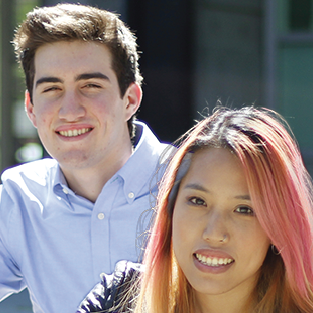
Tech Integration in Teaching
Bruno Bachmann and Melissa Liang, Web Programmers, TLEF Project
A presentation about the TLEF and its proposal, the work Yvonne Dawydiak, Melissa and Bruno have done as part of the project, and their tentative plans for the future. Melissa and Bruno will be exploring the Scarfe Digital Sandbox and some of the resources for teaching and learning showcased on the website and informing visitors of other on-campus teaching resources such as the library, drop-ins, and maker sessions.

Using Technology to Increase Athlete and Coach Performance
David Hill
Medals do matter! In high performance sport, the Olympic and Paralympic games are a pinnacle event for many athletes and help to inspire all Canadians to live a healthy and active lifestyle. Who are the people behind the scenes that help to make this dream a reality… coaches. UBC Faculty of Kinesiology is in its second cohort of a professional graduate certificate geared toward enhancing Canada’s top coaches and technical leaders. The certificate is a partnership of UBC, Canadian Sport Institute Pacific and the Coaching Association of Canada, where coaches can obtain dual accreditation in National Coaching Certification Program and university credential. The graduate certificate seeks a competency based approach where technology is used to help coaches can build knowledge, skills and attitudes across several content areas. The program is a blend of residential and online delivery and takes advantage of many UBC educational support technologies including Connect, CLAS and UBC Blogs. Central to the program structure is ongoing reflection on coaching and leadership practices which help coaches and their athletes progress in the high performance sport pathway and contribute to our Olympic and Paralympic successes were medals do matter.
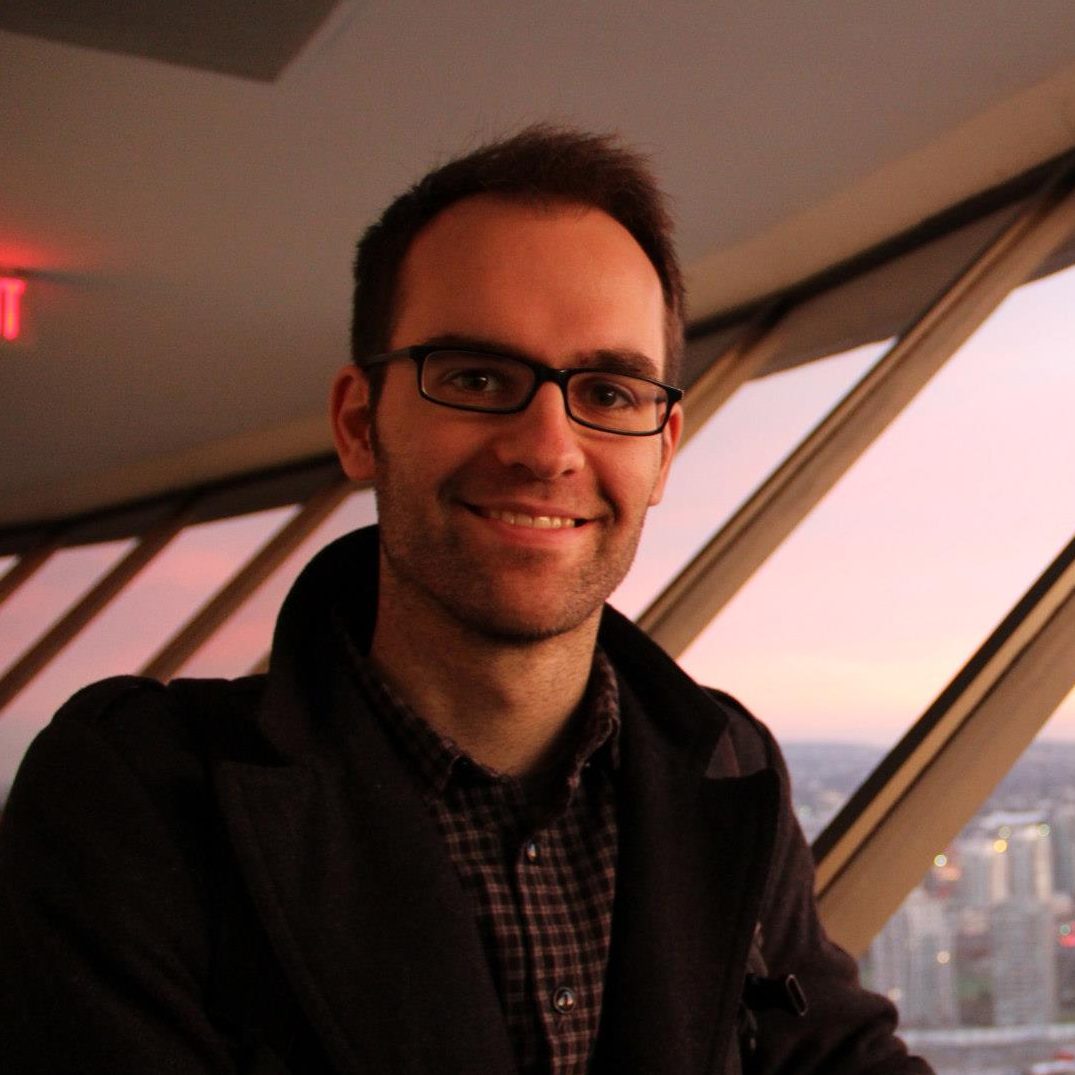
Video Conferencing as an Instructional Tool
Tobi Maass, AV Technician
Tobi will showcase the possibilities that contemporary video-conferencing offers for instructional and collaboration purposes. The audiovisual equipment available in brand-new rooms like PCOH 1008 and 1306A has already proven to be a great asset to the Faculty, and Tobi will share an insight into possible uses with TEC Expo attendees.
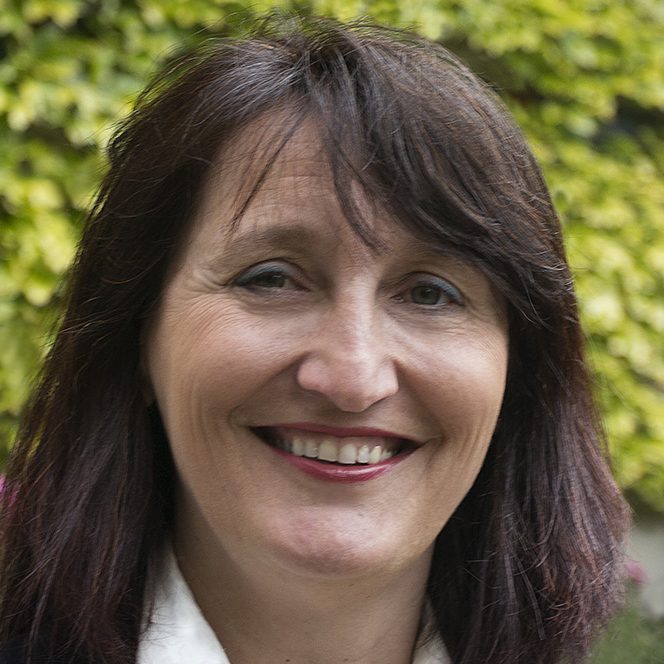
Virtual Presence in an Online Course
Dr. Natasha Boskic
A feature of online learning that is most frequently reported as the weakness of this approach is the lack of human presence and the ability to emotionally connect with each other. The easy creation of video clips inside Connect shell, especially in the discussion forums bridges this gap. The presentation will focus on the student experience and increased engagement due to the opportunity to meet each other through video.
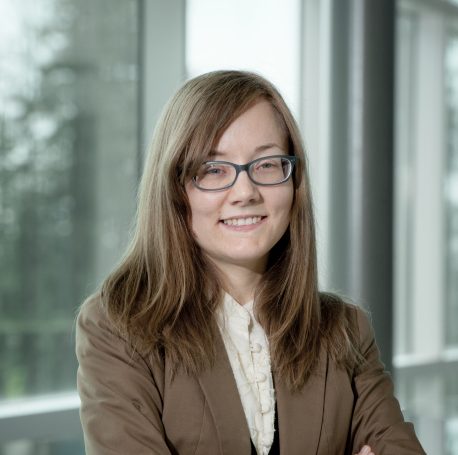
Wikispaces
Jolene Loveday
Jolene will provide a short demonstration of Wikispaces, which she previously presented as part of the Technology in Transit series. Wikispaces is an open-classroom management platform that facilitates student-teacher communication and collaboration. Using Wikispaces, teachers and students can write and edit pages together, create and edit group or individual projects, communicate in a private social network, and participate in real-time formative assessments.
https://ets.educ.ubc.ca/tech-in-transit-wikispaces/
Presenter Information
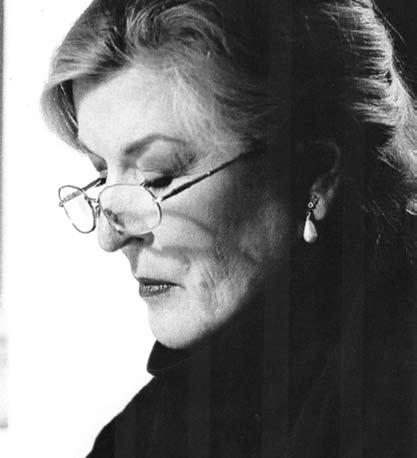
Collage as a multimodal response activity across the curriculum
Dr. Kathryn Shoemaker, LLED
This will be a hands on demonstration of the supplies and processes of collage for classroom teachers k-university. It is the live hands-on experience of one of the new videos filmed for the online course, LLED 446 Using Illustrated Literature in the Classroom, k-12. Participants may make a quick small collage or take home a small selection of papers to play with later.
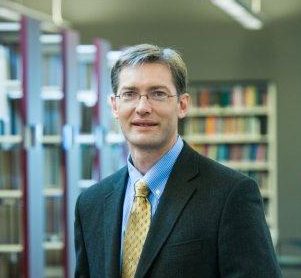
Easy As Pi: Computational Thinking With Teens and Preteens
Dr. Eric Meyers
The Raspberry Pi, an inexpensive, credit card-sized circuit board developed by computer science educators in the UK, serves as an ideal platform to teach young people “computational thinking,” the skills and attitudes that software engineers leverage to design many of the digital tools we use every day. This program will demonstrate how we are using the Raspberry Pi with preteens and teens in informal learning programs in several public library systems, as well as adapting these activities for middle grade students as an enrichment activity at Norma Rose Point Elementary.
Eric Meyers is an Associate Professor at the School of Library, Archival and Information Studies–The iSchool@UBC. His recent work has focused on how crafting and prototyping activities in informal learning settings, specifically Maker Camps and library-based coding and crafting programs, support the development of design literacies and computational thinking, the skills and attitudes that facilitate understanding of today’s complex information and communication technologies.
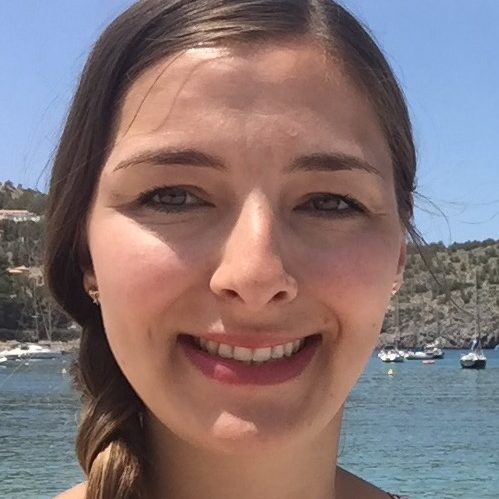
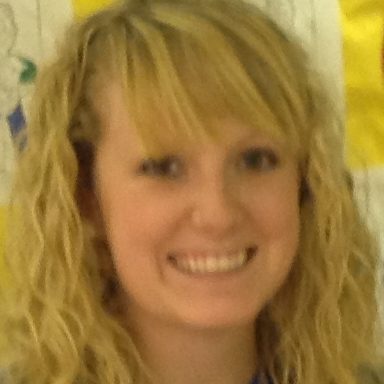
Makey Makey
Madeline Oreziak and Darrien Kellock, PLTech Teacher Candidates
Makey Makey is an invention kit that allows you to turn any conductive object into a touchpad or controller. Drop by to explore some of the possibilities of the ‘Makey Makey’. Play the bongo drums with bananas. Play piano with tinfoil and playdough. Make your own controller and view some project ideas you might use with students.

Mixing Virtual into Classroom Reality
Kyle Stooshnov
A demonstration of the steps towards virtual reality in the classroom. A cardboard headset combined with a smartphone is a relatively simple method to immersion into cyberspace, allowing for an experience where a viewer’s gaze, gesture and ultimately interaction with other people becomes a literacy teaching tool. From learning to make a cardboard viewer to exploring free downloads such as the National Film Board’s Cardboard Crash and sharing views headset-free with a tablet and Ricoh 360º panorama camera, this presentation will give teacher candidates a taste of the latest in educational virtual reality.

Mobile Video Production
Bruno Bachhmann and Melissa Liang, Web Programmers, TLEF Project
This maker station demonstrates how to record and edit video using VivaVideo editing software for mobile devices. Melissa and Bruno will be working with visitors and showcasing the features of the software, helping attendees to use the tool to create their own content. Visitors will be encouraged to enter the video making competition by submitting their videos to ETS with #TECexpo2016
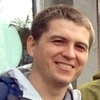
Diceware
Liam Doherty
We are constantly demanded to create and remember passwords in order to conduct even the simplest daily transactions – and all of these passwords are expected to be unique, strong, and unguessable. However, expert advice on creating strong passwords is often seemingly contradictory, and many critics have pointed out that familiar rules for creating passwords may have conditioned us to create passwords that are particularly difficult for human beings to remember, but also weak enough to be easily cracked by modern computers. Using online demos and newly-developed password strength checkers we will take a look at three different methods of generating strong passwords and compare their relative strengths and weaknesses. Participate in a hands-on demonstration of a simple technique called Diceware for generating very strong passwords using only paper, a pencil, and some dice.
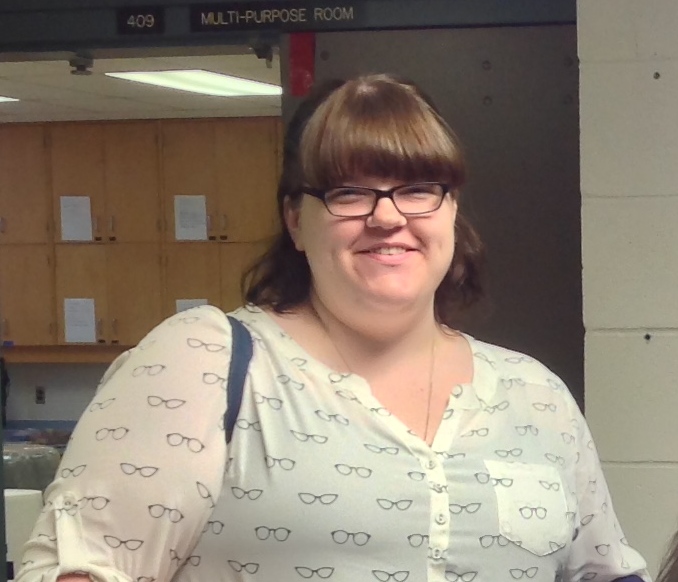
Unplugged Coding
Vicki Glover
Computational thinking and an understanding of the language of computers can be developed using both plugged and unplugged coding activities. Drop by the unplugged coding table to explore some of the lessons available from code.org including ‘binary bracelets’. Make and take a beaded bracelet of your initials written in binary and get to know some of the resources available on code.org!
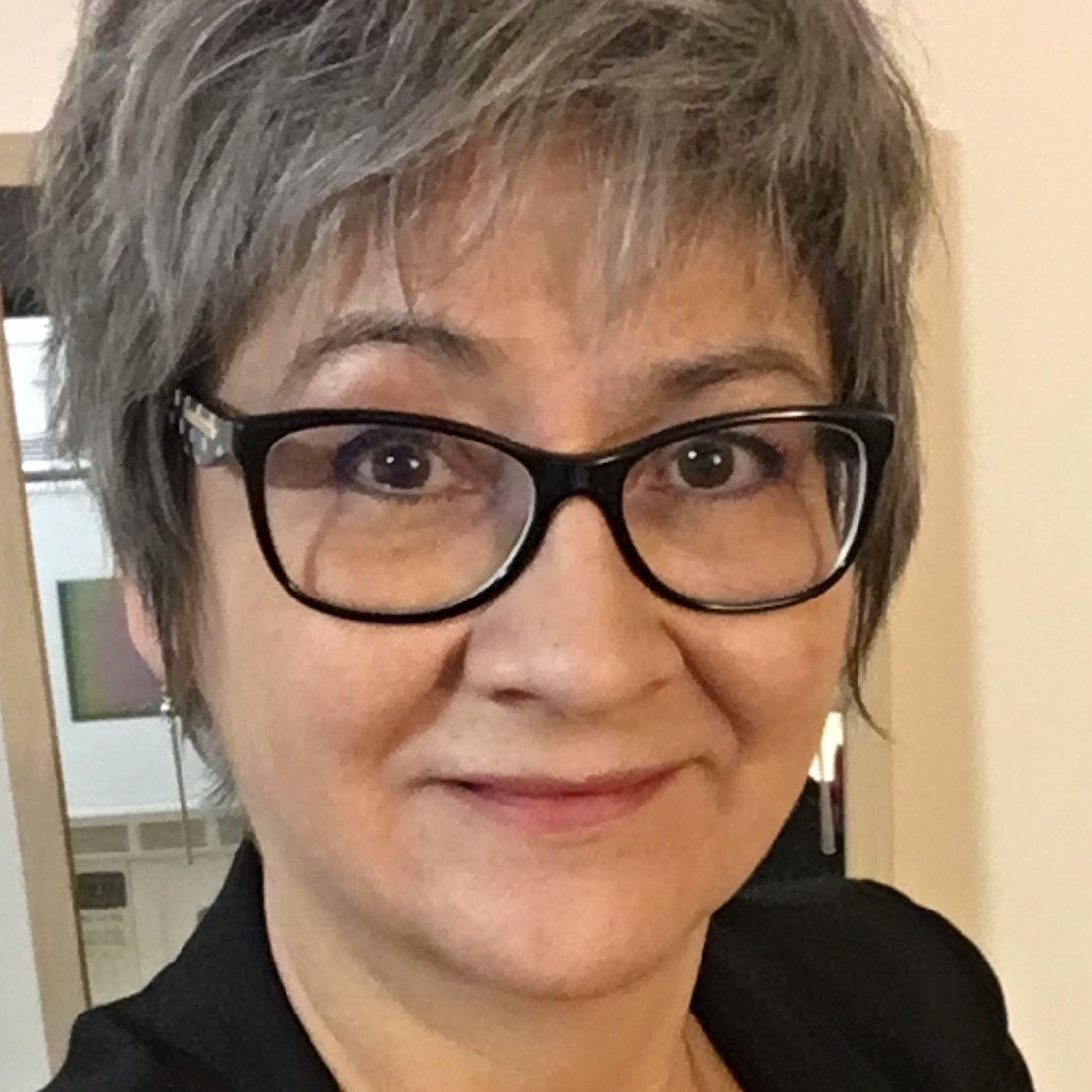
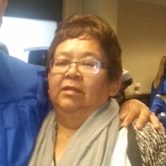
Weaving Across Subjects and Cultures
Audrey Sargent and Flora Andy
Weaving is a traditional creative activity that has a long tradition in local first nations and around the world. Drop by to experiment with simple weaving activities that participants can bring to a classroom of students of any age. Experience first hand the terms ‘warp’ and ‘weft’ as you explore art and math concepts including: pattern, line, angle, contrast and texture.

Sphero Chariot Challenge
Matthew Geisler
With the new ADST curriculum recently introduced, finding ways to engage students in designing, creating, testing, and critical thinking can be overwhelming for many educators. Orbotix ‘Sphero’ robot is a powerful tool that can be used with students in many ways including design and prototyping, programming and logical thinking, and hands on, collaborative work. Participants will have an opportunity to learn about possible uses for Sphero with students, and try it out themselves.

Non-sewn Bookmaking
Hannah Mckendry, Conservation Technician, Technical Services, UBC Library
The art of bookmaking is a wonderful making activity for students of most any age. Come by to see examples of bookmaking structures and perhaps even try your hand at it!

Secret of Portrait Drawing Workshop
Samantha Weaver, Class of 2016 Teacher Candidate, ABC cohort
Try your hand at the art of portraiture. Learn how to make self-portraits and see that this isn’t such a scary thing to do (for yourself with your class)!
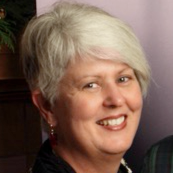
Sensational Food
Dr. Kerry Renwick
Food is a great way to begin many opportunities for learning.
We use our five senses to discover and explore.
When you visit this display you will have an opportunity to become a ‘food detective’, to consider ways to describe food, and to think about key understandings about food in inclusive ways.


Scarfe Digital Sandbox
Jo-Anne Naslund, Education Librarian
Joanne Naslund and Wendy Traas, Education Librarians and Yvonne Dawydiak, Technology Integration Mentor, have been exploring “making” as a way of developing the habits of mind essential for today’s educators. Drop by our table to play and discuss how making might fit into your context! Make a button while you’re at it!
Event Schedule
Day 1: July 6
1:00pm — Welcome from the Dean
1:05pm — Sixty Seconds of Fame
2:15pm — Door Prize Draw
Day 2: July 7 Maker Day
1:00pm — Welcome from Dr. Wendy Carr
2:20pm — Announcement of Maker Day Video Contest Winner










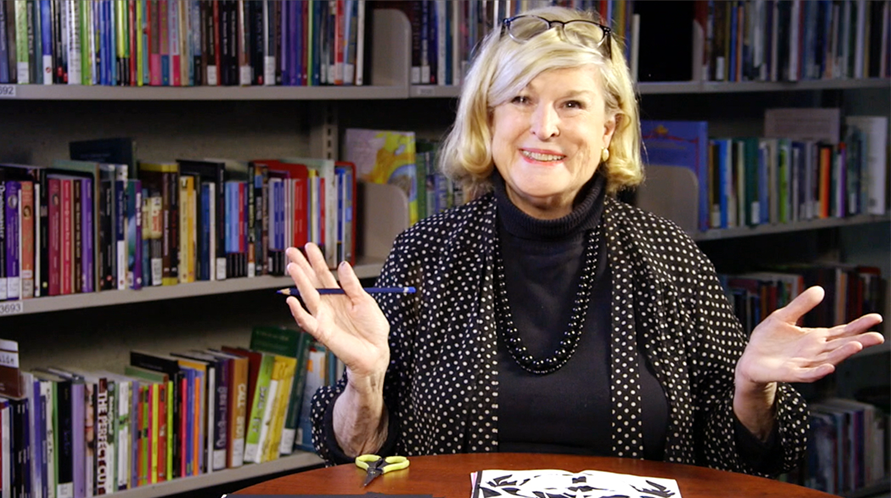









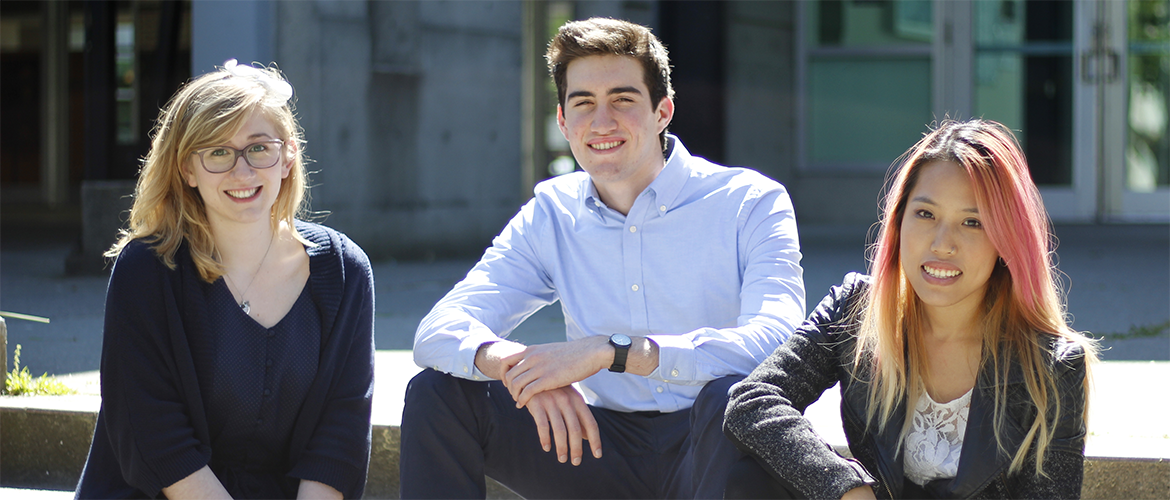
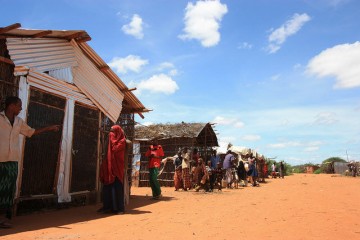

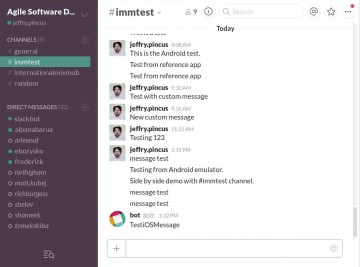
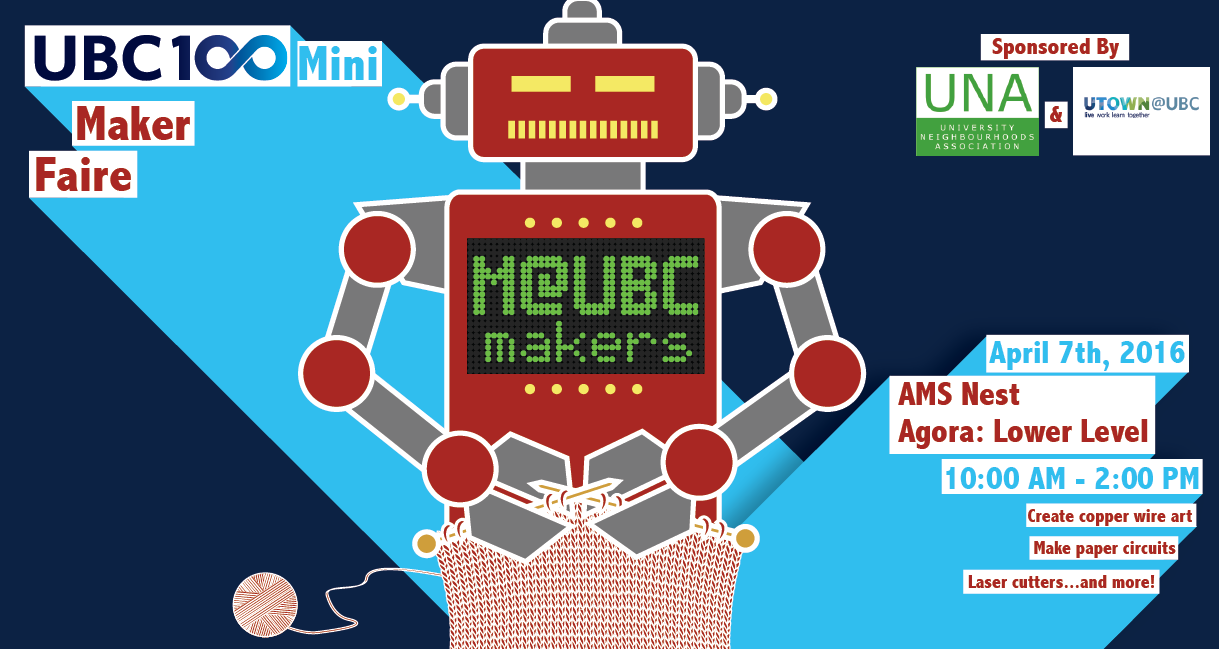































 David Gwilliam
David Gwilliam














